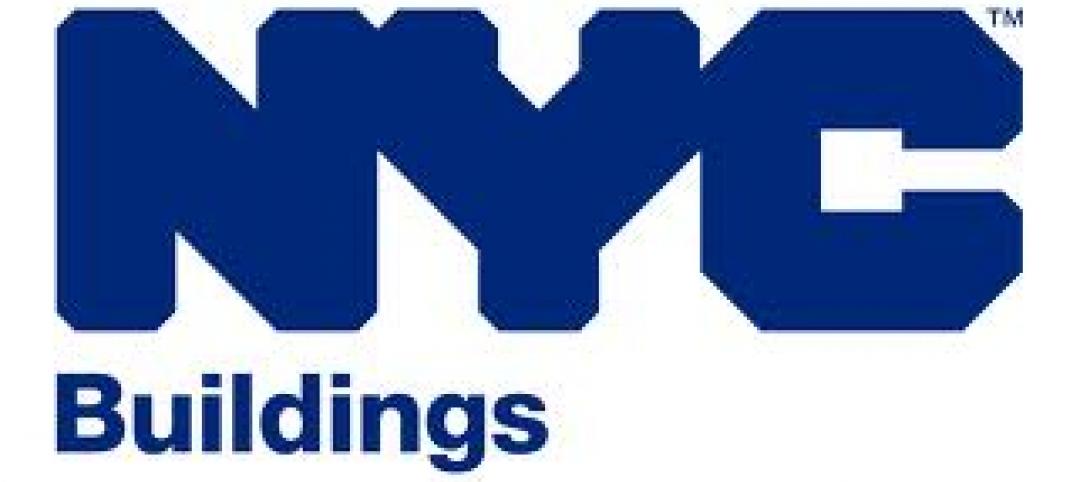A new book, “Citizen’s Guide to P3 Projects: A Legal Primer for Public-Private Partnerships,” presents the benefits of public-private partnerships.
Intended to help architects, engineers, contractors, suppliers, elected public officials and ordinary citizens learn more about P3 projects. The guide was authored by Ernest C. Brown, Esq., PE. Brown has had an extensive career in construction law and civil engineering, and has advised on more than one billion dollars in U.S. P3 projects.
The book discusses the P3 process from project conception to construction. It outlines the benefits of such projects including “an opportunity for citizens to advocate for creative local projects,” according to a news release.
The book has new relevance due to changes to the industry brought on by COVID-19, the release says. “With the creation of safe distance facilities, homeless housing, and more, the need for collaborative partnerships and citizen-initiated projects has grown exponentially,” it says.
Related Stories
| Apr 13, 2012
New York City’s building department investigating structural collapse that killed worker
Following a worker’s death, the collapse of a century-old, two-story warehouse under demolition as part of Columbia University’s expansion is under investigation by the city’s Building Department.
| Apr 13, 2012
Federal court reduces statute of limitations for OSHA action on record-keeping violations
The U.S. Court of Appeals for the D.C. Circuit sharply curtailed the period of time that companies can be cited for Occupational Safety and Health reporting violations, reversing the decision of an administrative panel and longstanding agency precedent.
| Apr 13, 2012
CSI webinar: Green Construction Codes Are Here -- Now What?
This seminar will trace the origins of green codes, how they compare and differ from the rating systems that have been used, and examine some of their main features.
| Apr 5, 2012
Retailers, banks among most affected by new ADA rules
On March 15, the most significant changes to the Americans with Disabilities Act (ADA) since it became law in 1991 went into effect.
| Apr 5, 2012
Florida ranks first in hurricane building codes and enforcement
Florida ranks highest among 18 hurricane-region states for building codes and their enforcement, according to the Insurance Institute for Business & Home Safety.
| Apr 5, 2012
New IgCC green building code is a ‘game changer,’ AIA official says
An AIA official calls the new International Green Construction Code (IgCC) a “game changer” for sustainable construction.
| Apr 5, 2012
Model energy codes add thousands to cost of new apartment construction, study says
New energy codes could add thousands of dollars to the construction costs of each individual apartment residence in a multifamily building, according to new research commissioned by the National Multi-Housing Council and the National Apartment Association.
| Apr 5, 2012
LEED 2012 will include new requirements for data centers
The U.S. Green Building Council’s updated LEED 2012 standards will require two systems to be modeled for each project in order to show power utilization effectiveness.















